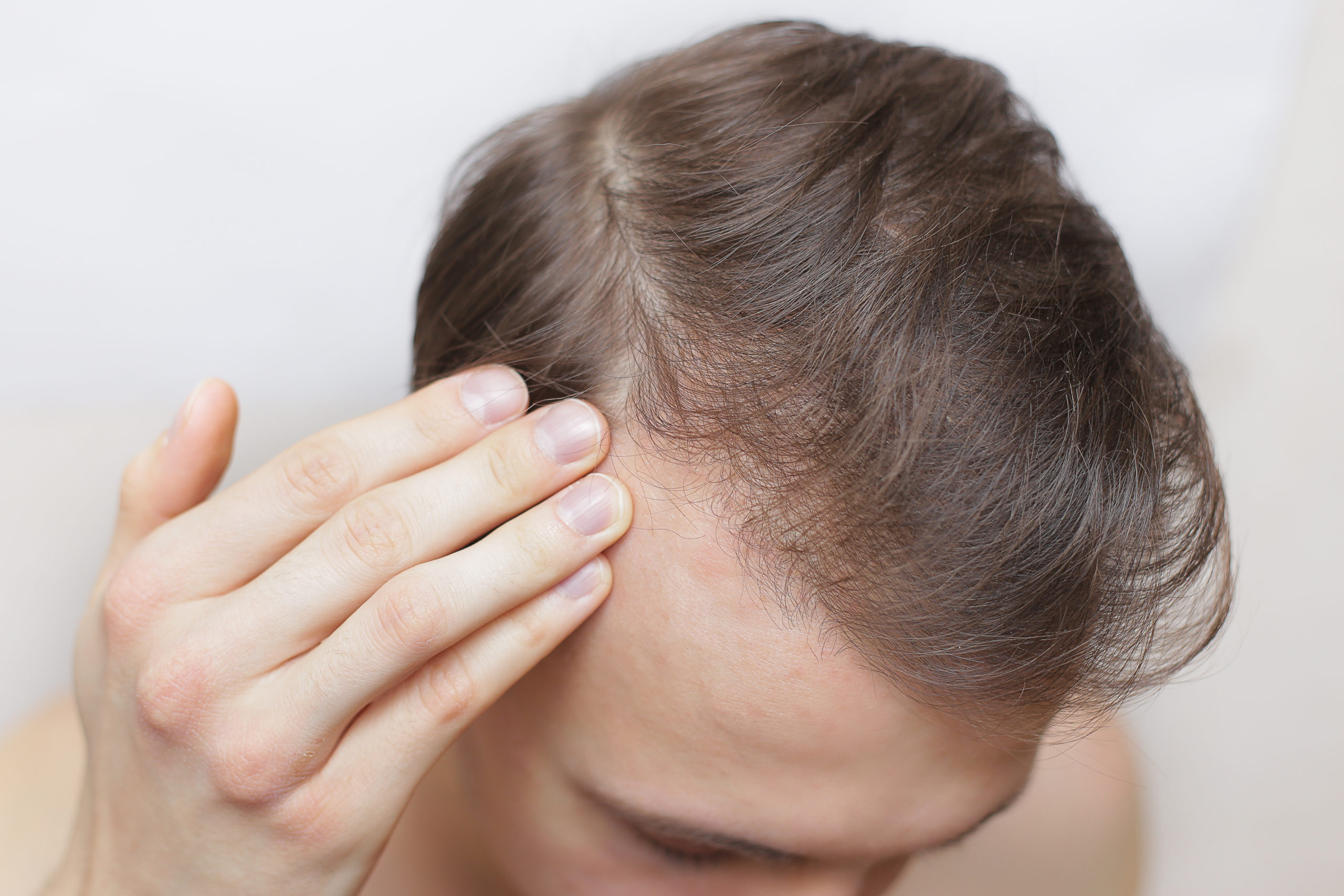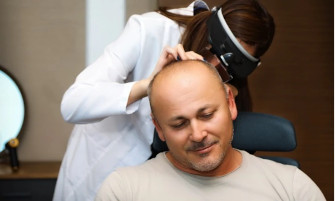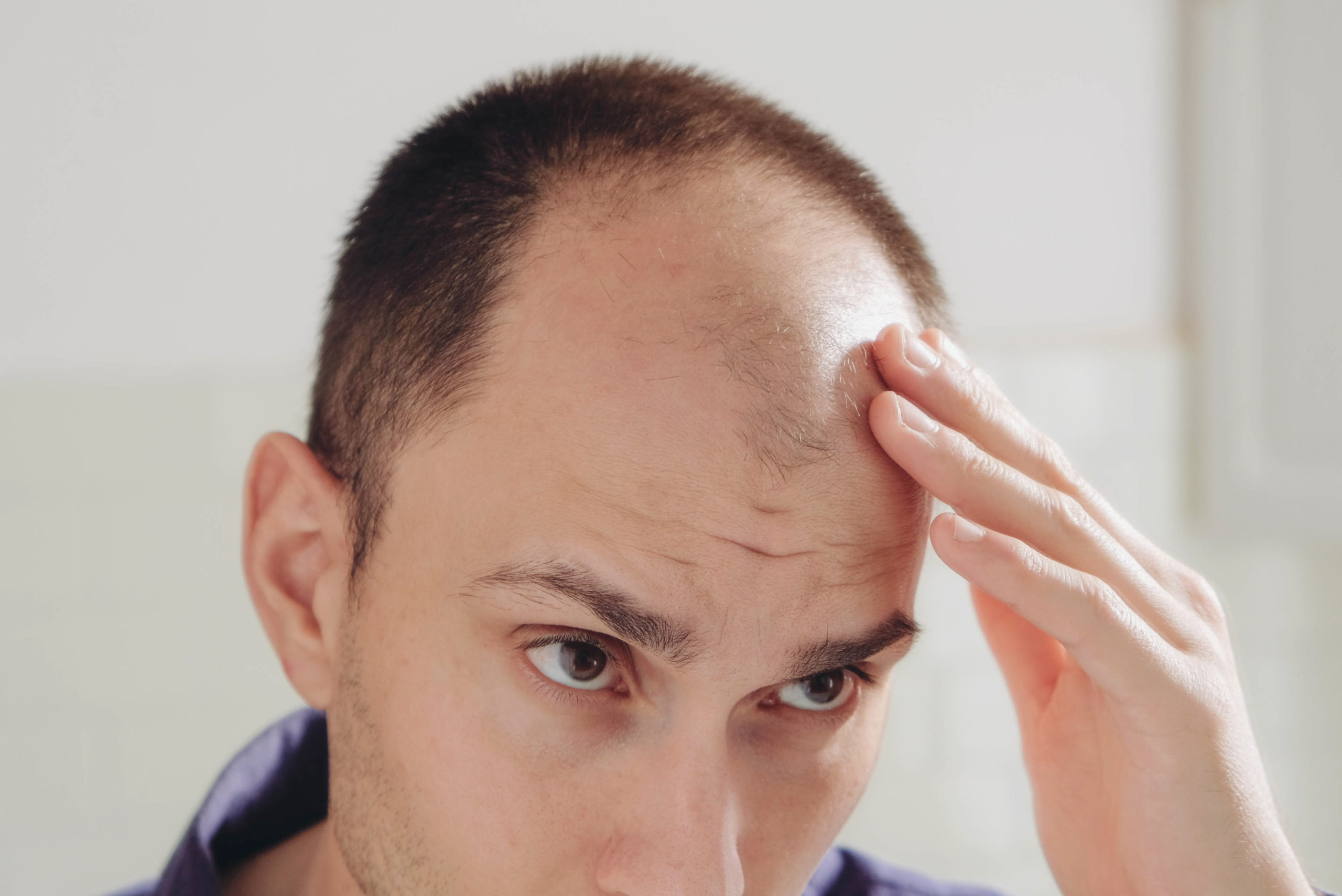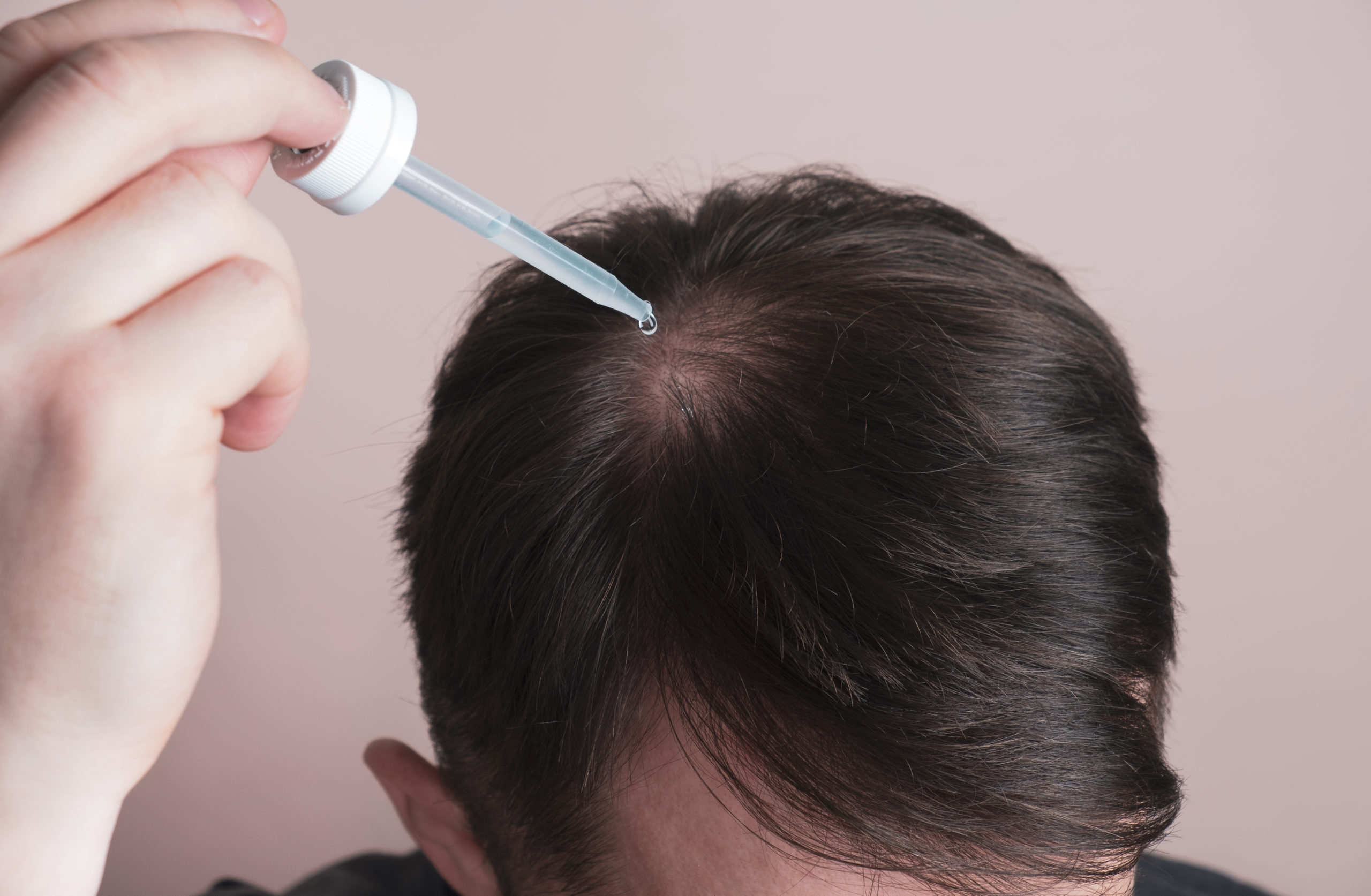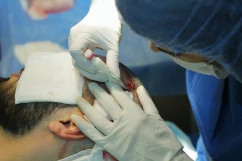What is the Most Successful Treatment for Hair Loss in Men?
It can be an absolute nightmare for even the most confident of men.
Maybe you have noticed a bald spot suddenly appearing on your crown, or you are losing your hair in greater volume after your showers. Hair loss in men is extremely common, but it doesn’t make it any less devastating for the two-thirds of men who experience it before age 32.
Summary
- 3 Main Reasons for Hair Loss in Men
- What are the Signs of Male Pattern Baldness?
- What is an Effective Treatment for Hair Loss in Men?
- Conclusion
3 Main Reasons for Hair Loss in Men
There are some common reasons for hair loss in men, and if you’ve noticed the early signs, you may be considering treatment options, such as a hair transplant.
Losing your hair can be the result of a number of different factors, ranging from genetics to a medical condition. In all cases, the scalp hair follicles begin to shrink, forcing the hair to grow shorter and thinner. Eventually, no new hairs grow in the area, and a balding area appears.
- Genetics
More than likely, if your father or other male relatives went bald early, you will notice a receding hairline prematurely as well. Genetic traits account for most of the cases of hair loss in men. Genetic hair loss, also known as androgenic alopecia, is triggered by hormonal changes, which causes hair follicles to shrink and reduces hair regrowth.
If genetics is the culprit, you will often see a pattern appear, called male pattern baldness. Androgenetic alopecia in men can appear in men as young as 20. By age 70, over 80% of men will have significant signs of hair loss from male pattern hair loss.
- Medical conditions
In some cases, certain medical conditions may cause hair loss in men. Cancer, thyroid conditions, other autoimmune illnesses (alopecia areata) or nutritional deficiencies may be the reason for premature hair loss. It can also be triggered by infections, such as ringworm, or even a sudden traumatic event.
You can also do damage to your hair follicles by intentionally or unintentionally pulling your hair out, either because of an impulse control disorder or by wearing your hair pulled back too tight.
- Side effects from medications
Unfortunately, there are also some medications that can lead to thinning hair and in extreme cases bald patches. Most often, these side effects are seen in medications that treat:
- Cancers
- Depression
- Inflammatory diseases (such as gout or arthritis)
- Heart conditions
- High blood pressure
If your hair loss is the result of a drug’s side effects, you may experience some regrowth once you stop taking the medication. It’s important to discuss any of your medical conditions and medications with a hair loss specialist when choosing treatment in order to prevent hair loss from worsening.
What Are the Signs of Male Pattern Baldness?
A quick Google search can bring up horrific headlines of the late stages of hair loss in men. Most often though, the loss is gradual, and you will probably notice far earlier than those around you. This will give you time to decide on the proper course of treatment.
- Temples
One of the first areas that you will likely notice thinning hair is your temples. This is a classic first sign of pattern hair loss, and a good indication you may be experiencing hair loss.
- Hair density
As hair loss in men progresses, the scalp hair will not be quite as thick as the sides and back. While you may notice your temples thinning out first, the scalp is where pattern baldness will become noticeable to others first.
- Typical “M” Pattern
Once pattern baldness is in its final stages, the receding hairline forms a distinctive “M” – one of the main characteristics of pattern baldness in men. For some, the hair loss in men may progress to a “U” shape, leaving hair just on the sides of the head.
What is an Effective Treatment for Hair Loss in Men?
The internet is flooded with hair loss treatments for men, which are superficial at best, and in some cases, downright harmful to a man’s health. Hair loss medication, including Finasteride, has some harmful side effects such as impotence.
In addition, be wary of anyone selling a ‘quick fix’ for your receding hairline, and stick with proven methods such as hair transplants which are effective against many types of hair loss including androgenic alopecia.
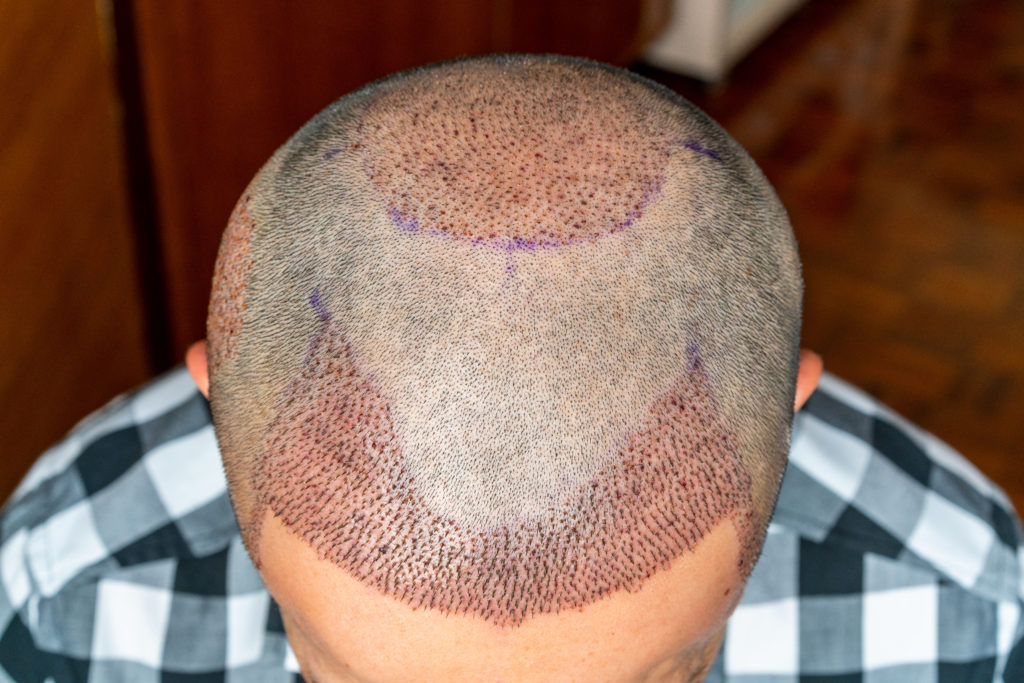
How does an FUE hair transplant work?
A hair transplant is the only effective method for treating hair loss. There are two types of hair transplant surgeries – Follicular Unit Extraction (FUE) and Follicular Unit Transplantation (FUT).
FUE transplants harvest the hair follicles in a random pattern from the donor area, which decreases the chances that it will be noticed. Once the desired amount of hair has been harvested, it will be implanted in the balding area. This will lessen the appearance of the bald spot.
FUE Transplants boast a short recovery time, minimal scarring, and natural-looking results. Best of all, treatments incur minimal pain, thanks to a local anaesthetic. After the surgery, the hairs grow naturally, just as they did in the donor area.
These hair follicles will be more resilient, promoting hair growth in the problem area. This will also help with lessening the appearance of future androgenetic hair loss.
Conclusion
If you have felt less confident since you first noticed you were losing your hair, it may be time to pursue medical treatment. This is especially true if you are looking for ways to cover your scalp with hats or hairstyles that likely do not suit you as well as your natural hair.
Hair loss in men does not have to be a permanent source of shame or anxiety. If you have noticed the signs of genetically related hair loss, you can begin to explore treatment that is effective through the leading hair clinic in Turkey.
